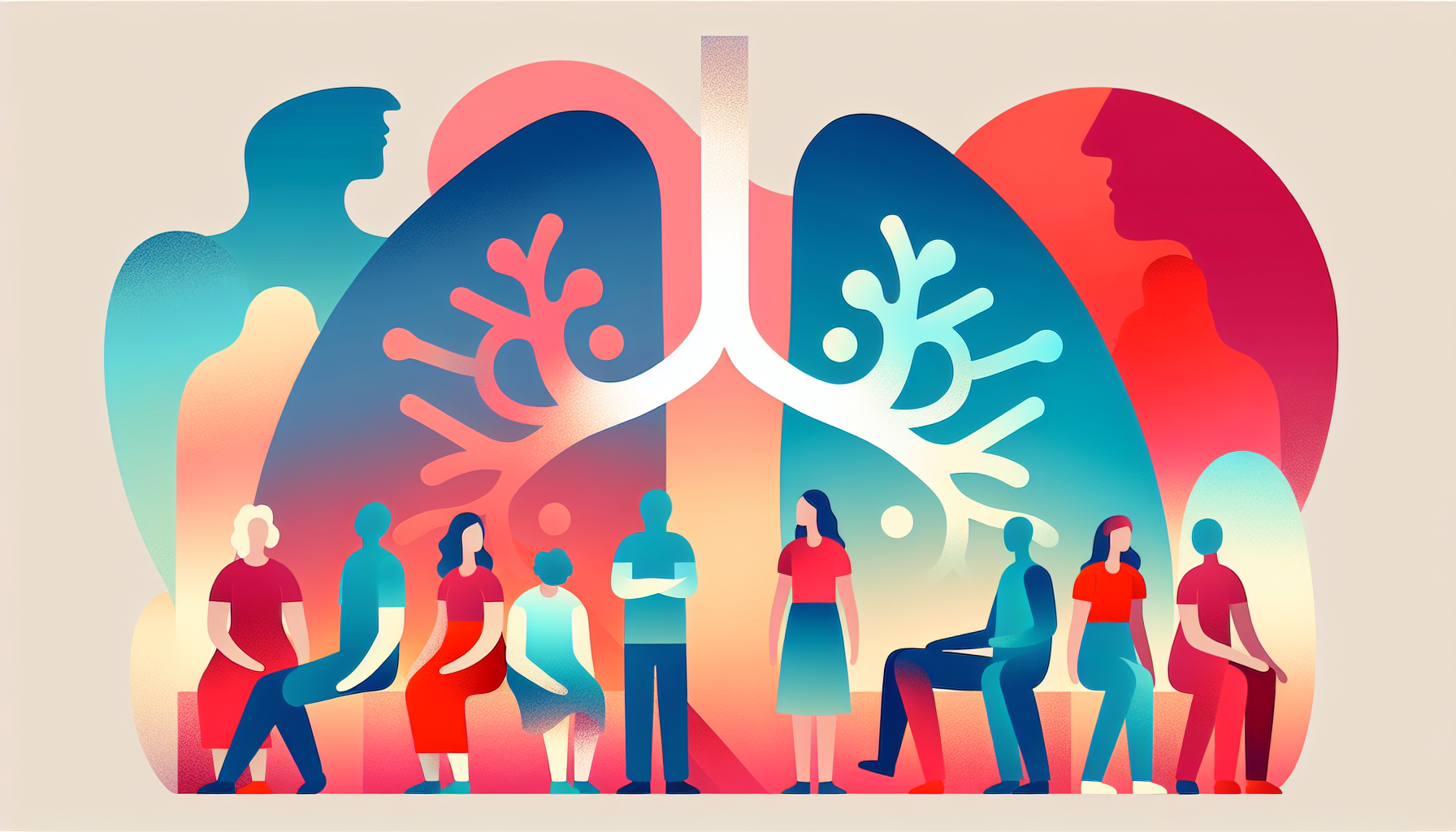Can I Take Zepbound a Day Early?
Key TakeawaysZepbound is a once-weekly injectable medication for weight management and obstructive sleep apnea (OSA) linked to obesity.Taking Zepbound a day early is [...]
Read More
Medically reviewed by Abhijit Bhattacharyya | MD, PhD, MBA, Tufts University School of Medicine - Miami, Florida on July 20th, 2023.
Chronic Obstructive Pulmonary Disease (COPD) is a long-term lung condition that makes it hard for you to breathe. It's a progressive disease, meaning it gradually gets worse over time. If you or a loved one has been diagnosed with COPD, it's essential to understand the causes, symptoms, diagnosis process, and treatment options available.
The most common cause of COPD is long-term exposure to irritants that damage your lungs. In the United States, cigarette smoke is the primary culprit, accounting for about 90% of COPD cases. Other causes include:
Secondhand smoke
Air pollution
Chemical fumes
Dust
A rare genetic disorder called alpha-1 antitrypsin (AAT) deficiency
In the early stages of COPD, you might not have any noticeable symptoms. As the disease progresses, you may experience:
A persistent cough
Increased mucus production
Shortness of breath, especially during physical activity
Wheezing or squeaking when you breathe
Chest tightness
Frequent colds or flu
If you suspect you have COPD, your doctor will ask about your symptoms, medical history, and exposure to lung irritants. They'll also perform a physical exam and order tests, such as:
Spirometry: A test that measures how much air your lungs can hold and how fast you can blow air out
Chest X-rays or CT scans: Imaging tests that can help identify lung problems
Arterial blood gas test: A test that measures the oxygen and carbon dioxide levels in your blood

While there's no cure for COPD, various treatments can help manage symptoms and slow the progression of the disease. Your doctor may recommend:
Bronchodilators: Inhaled medications that help open your airways
Corticosteroids: Drugs that reduce airway inflammation
Oxygen therapy: Supplemental oxygen to help you breathe easier
Pulmonary rehabilitation: A program that combines exercise, nutrition advice, and counseling to improve your overall health
Surgery: In severe cases, procedures like lung volume reduction surgery or a lung transplant may be considered
For more information on COPD treatments, visit the American Lung Association, National Heart, Lung, and Blood Institute, or COPD Foundation websites.
If you have COPD, there are several steps you can take to improve your quality of life and manage your symptoms:
Quit smoking and avoid secondhand smoke
Take your medications as prescribed
Stay active and exercise regularly
Eat a healthy, balanced diet
Get plenty of rest and manage stress
Attend regular checkups with your healthcare provider
Living with COPD can be challenging, but with proper management and support, many people can maintain an active and fulfilling life. If you have questions or concerns about your condition, don't hesitate to talk to your doctor.
Key TakeawaysZepbound is a once-weekly injectable medication for weight management and obstructive sleep apnea (OSA) linked to obesity.Taking Zepbound a day early is [...]
Read MoreKey TakeawaysZepbound is an FDA-approved medication for chronic weight management in adults with obesity or overweight, and for moderate to severe obstructive sleep apnea [...]
Read MoreKey TakeawaysZepbound is a once-weekly injectable medication that supports weight loss by activating hormone pathways regulating appetite and digestion.After the first dose, [...]
Read More